Portable camping toilets are a convenient solution for maintaining hygiene while camping or traveling in an RV. However, to ensure their effective operation and longevity, it's crucial to understand how to use and maintain them properly. This guide will provide you with the necessary information on how to use portable camping toilets and the chemicals designed for use in them.
Types of Portable Camping Toilets
There are several types of portable camping toilets available in Australia, including:
-
Bucket-style toilets: These are the simplest and most affordable type of portable toilet. They are essentially a bucket with a toilet seat. Some models come with a lid for better sanitation and odour control.
-
Collapsible toilets: These toilets are lightweight and compact, making them ideal for backpackers or those with limited storage space. They can be folded down when not in use.
-
Flushable toilets: These toilets resemble a home toilet and have a flushing mechanism. They are more comfortable and hygienic but also more expensive and heavier.
-
Composting toilets: These eco-friendly toilets compost the waste instead of merely storing it. They are odour-free and require less frequent emptying, but they are also more expensive.
Key Features to Consider
When choosing a portable camping toilet, consider the following features:
- Size and weight: The toilet should be compact and lightweight for easy transportation and storage, yet sturdy enough to support the weight of an adult.
- Ease of use: The toilet should be easy to set up, use, and clean.
- Waste disposal: Consider how the toilet handles waste disposal. Some toilets come with disposable waste bags, while others have a removable waste tank.
- Odour control: Look for toilets with features that help control odour, such as a lid or a sealing mechanism.
- Comfort: If comfort is a priority, look for toilets with a full-size seat and adequate bowl size.
Understanding Toilet Chemicals
Toilet chemicals are an essential part of using a portable camping toilet. They help to break down waste and control odors. Here are some types of chemicals you might encounter:
-
Blue Chemicals
Blue chemicals are the most common type of toilet chemicals. They are used in the waste holding tank to break down waste and control odors. To use blue chemicals, follow these steps:
- Empty the waste holding tank.
- Add the recommended amount of blue chemical to the tank. The amount will depend on the size of your waste tank and the specific instructions provided by the chemical manufacturer.
- Add water to the tank until it is about one-third full.
- After using the toilet, add a small amount of water to the bowl before flushing. This will help to move the waste into the tank and reduce odors.
Green Chemicals
Green chemicals are an environmentally friendly alternative to blue chemicals. They work in the same way but are more suitable for sensitive environments. To use green chemicals, follow the same steps as for blue chemicals.
Pink Chemicals
Pink chemicals are used in the flush water tank to clean and lubricate the toilet bowl and seals. To use pink chemicals, follow these steps:
- Empty the flush water tank.
- Add the recommended amount of pink chemical to the tank. The amount will depend on the size of your tank and the specific instructions provided by the chemical manufacturer.
- Fill the tank with water.
Organic Chemicals
Organic chemicals are biodegradable and septic tank safe. They are ideal for campers who prefer a more natural solution. To use organic chemicals, follow the same steps as for blue chemicals.
Remember, always follow the manufacturer's instructions when using toilet chemicals. This will ensure the effective operation of your portable camping toilet and prevent any potential damage.
How to Clean Your Portable Camping Toilet
Maintaining cleanliness and hygiene is crucial when using a portable camping toilet. Regular cleaning not only ensures a more pleasant user experience but also prolongs the lifespan of the toilet. Here's a step-by-step guide on how to clean your portable camping toilet effectively.
What You Will Need
- Protective gloves
- Toilet cleaner or mild detergent
- Soft scrub brush or sponge
- Disposable cloth or paper towels
- Toilet chemicals
Step-by-Step Cleaning Instructions
Step 1: Empty the Waste Tank
Before you start cleaning, you need to empty the waste tank. Most portable camping toilets have a detachable waste tank for easy disposal. Make sure to empty the waste tank at a designated dump station. Always wear protective gloves during this process to maintain hygiene.
Step 2: Rinse the Waste Tank
After emptying the waste tank, rinse it out with water. Fill the tank with clean water, shake it well, and then empty it again. Repeat this process a few times until the water runs clear. This step helps to remove any residual waste from the tank.
Step 3: Clean the Waste Tank
Next, clean the waste tank using a toilet cleaner or mild detergent. Avoid using harsh or abrasive cleaners as they can damage the tank. Fill the tank with water, add the cleaner, and then shake the tank to distribute the cleaner. Use a soft scrub brush or sponge to clean the inside of the tank. Once you've scrubbed the tank, rinse it out with clean water.
Step 4: Clean the Flush Tank and Toilet Bowl
Don't forget to clean the flush tank and toilet bowl. Use a toilet cleaner or mild detergent and a soft scrub brush or sponge. Make sure to clean under the rim of the toilet bowl and any other hard-to-reach areas. After scrubbing, rinse with clean water.
Step 5: Dry the Toilet
Once you've cleaned the toilet, dry it using a disposable cloth or paper towels. Make sure to dry all parts of the toilet, including the tanks and the toilet bowl.
Step 6: Add Toilet Chemicals
After cleaning the toilet, add a new dose of toilet chemical to the waste tank. This will help to break down waste and control odors. Follow the manufacturer's instructions for the correct amount of chemical to use.
Step 7: Reassemble the Toilet
Finally, reassemble the toilet according to the manufacturer's instructions. Make sure all parts are securely attached.
Choosing, using, and maintaining a portable camping toilet can significantly enhance your camping experience in Australia. By considering the type of toilet, key features, understanding how to use and maintain your portable toilet, you can ensure its longevity and effectiveness. Remember, the best portable camping toilet is not only convenient and easy to use but also respectful of the environment. Happy camping!




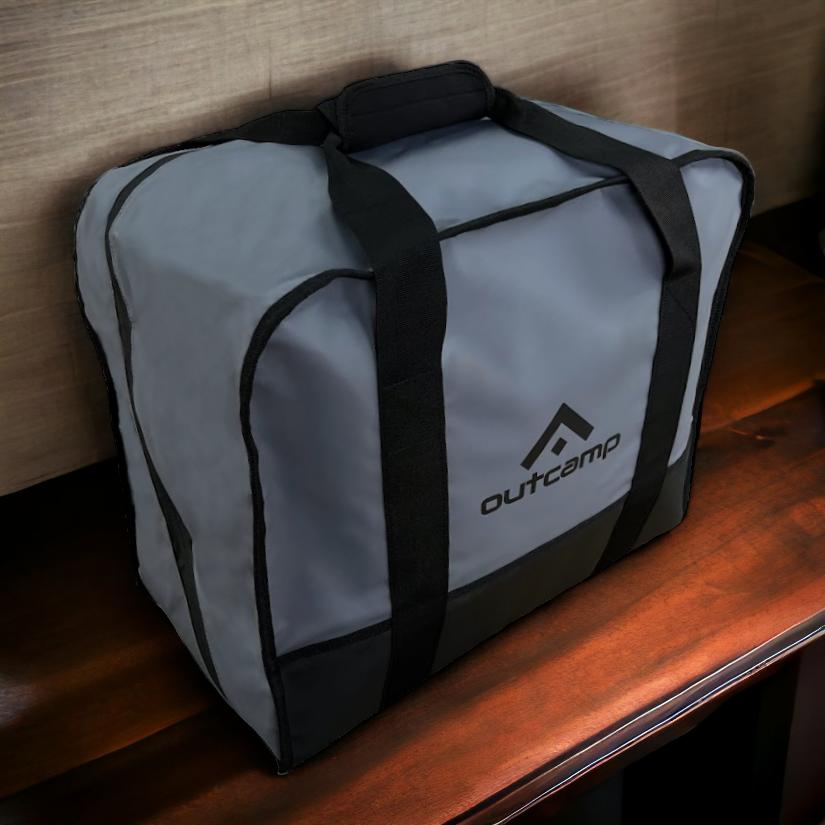
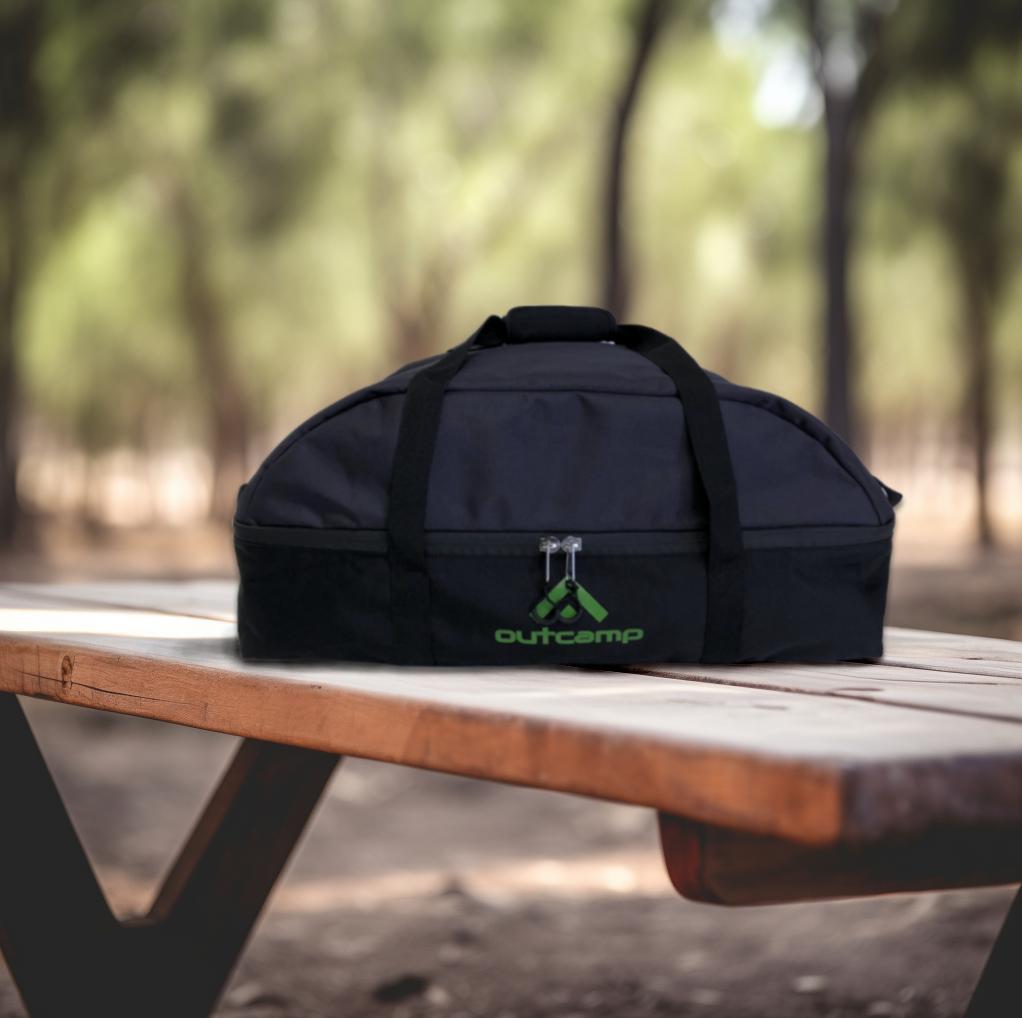
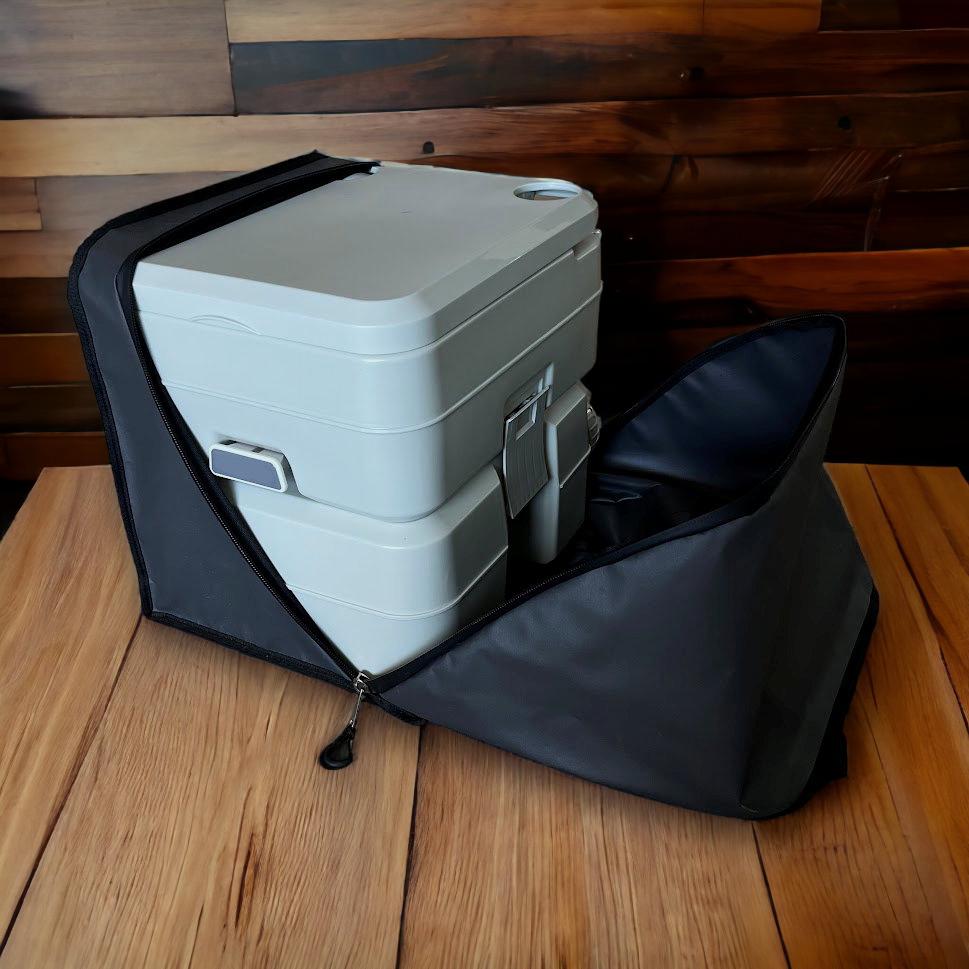
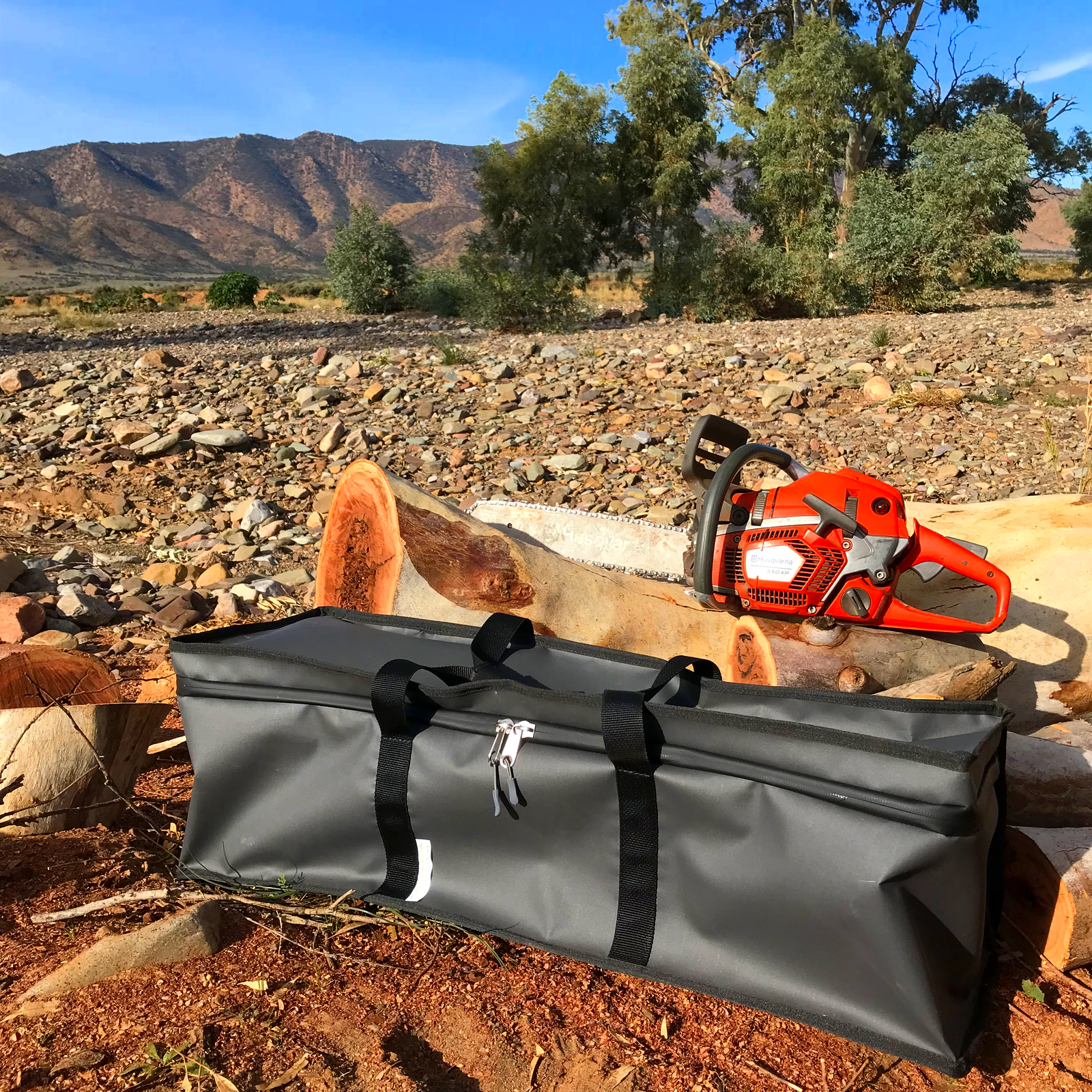
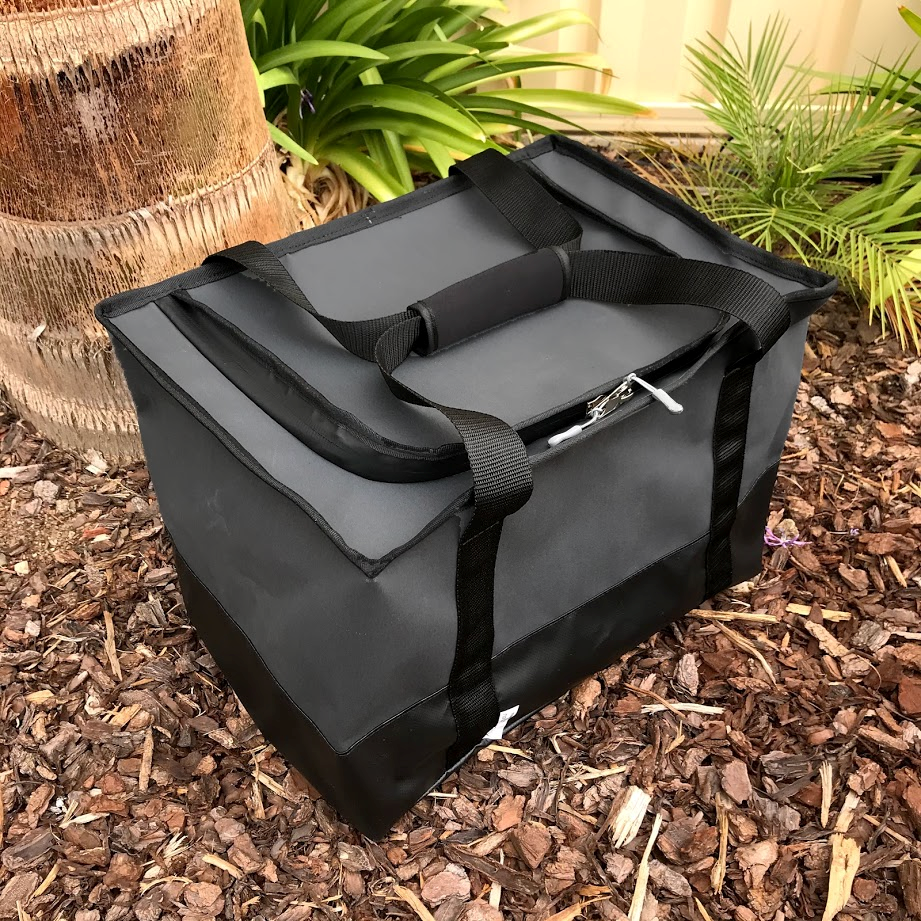




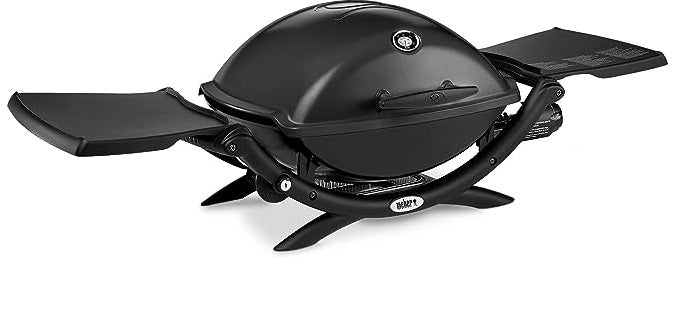
Leave a comment (all fields required)